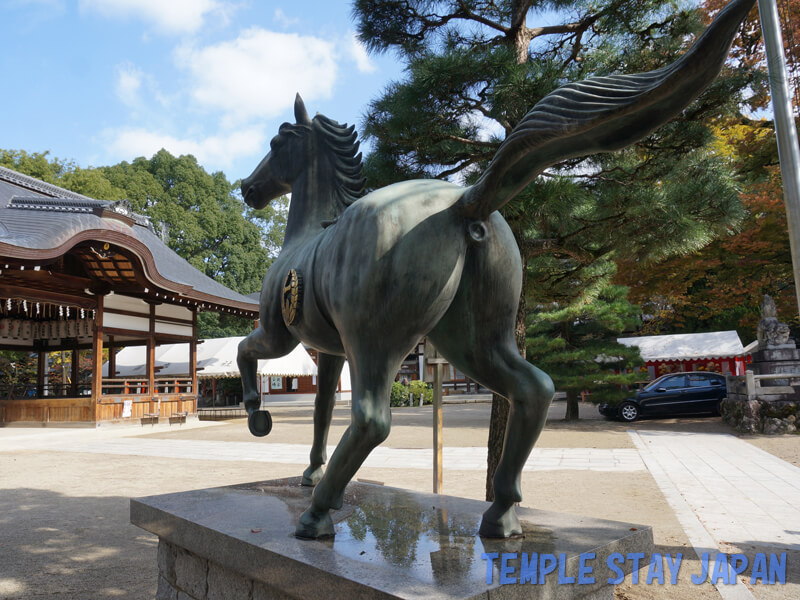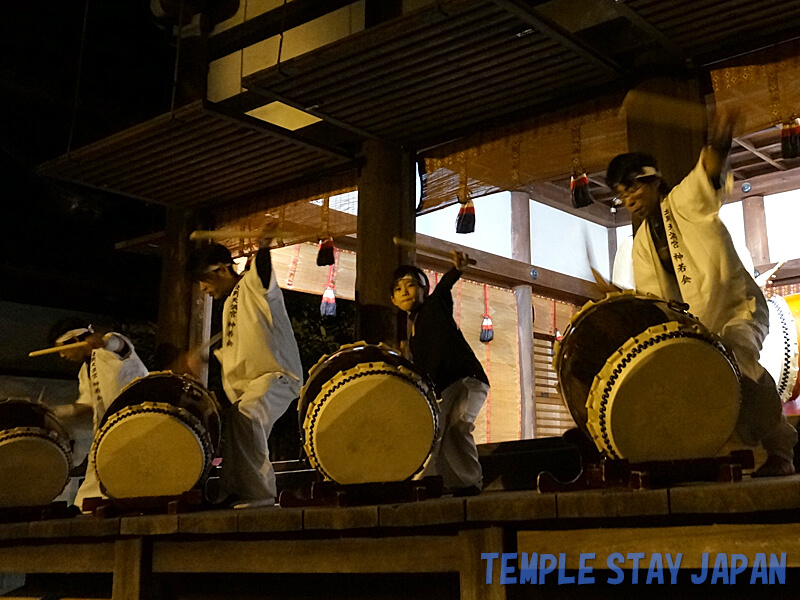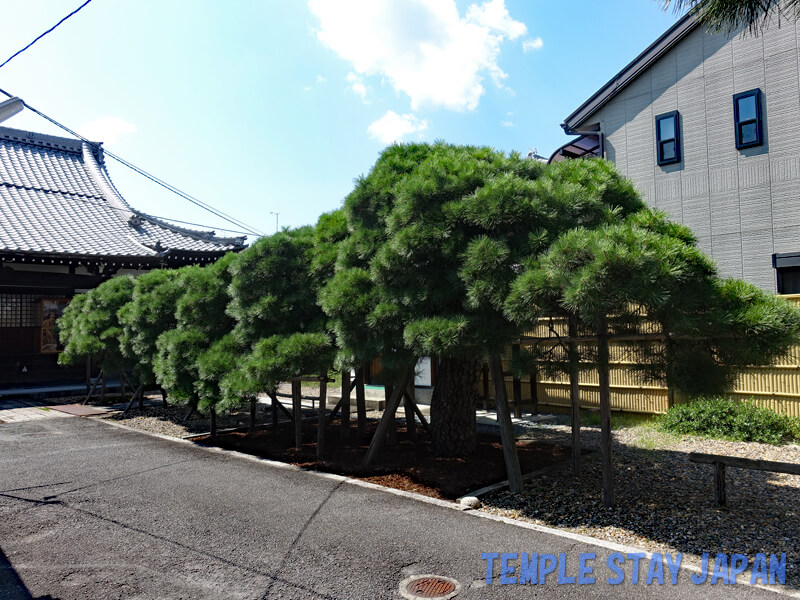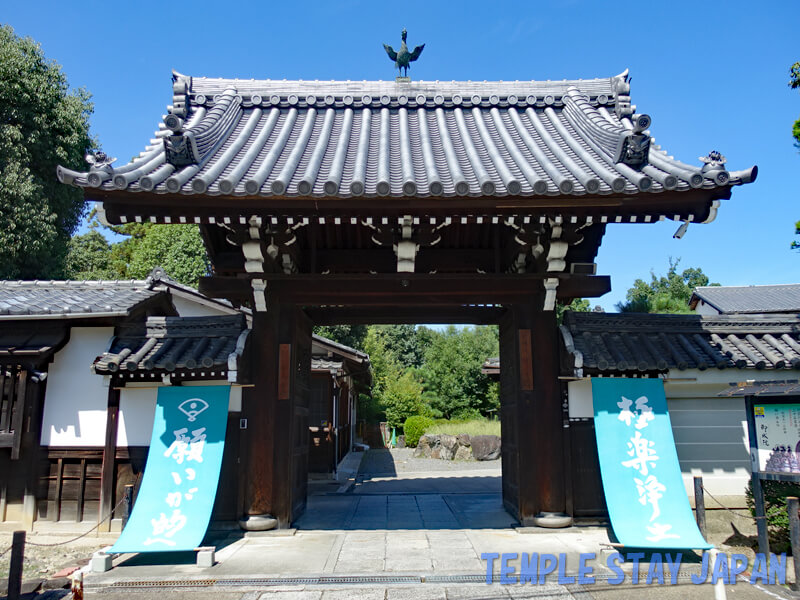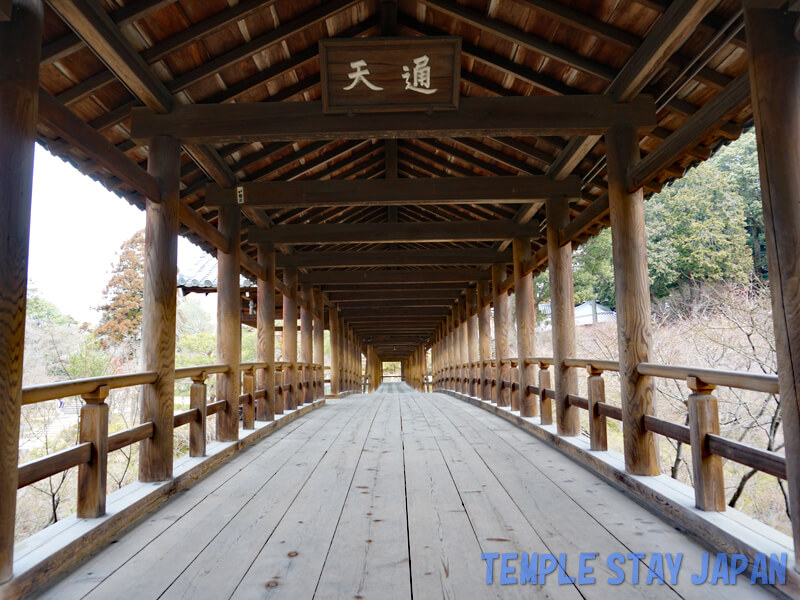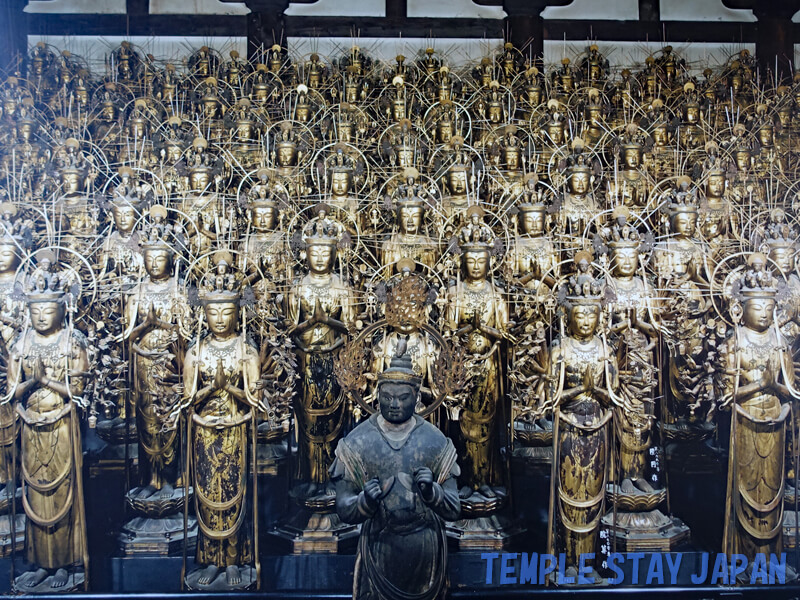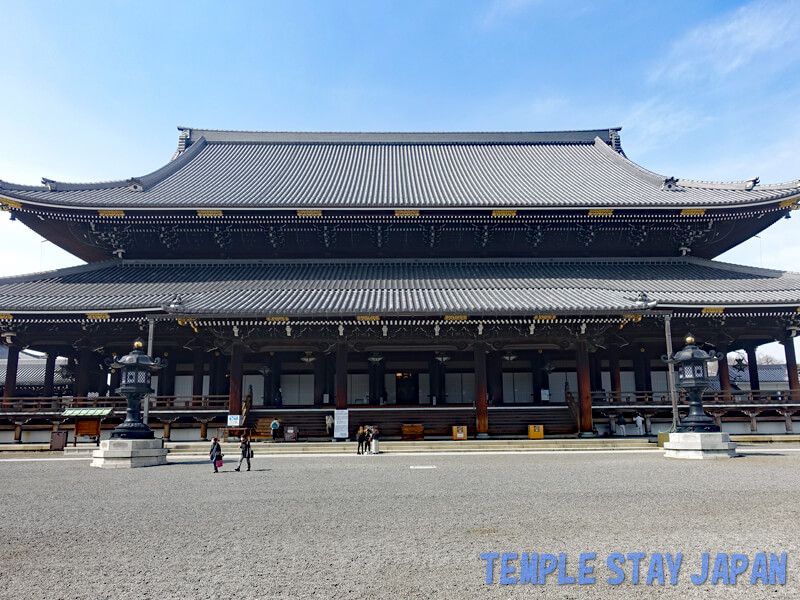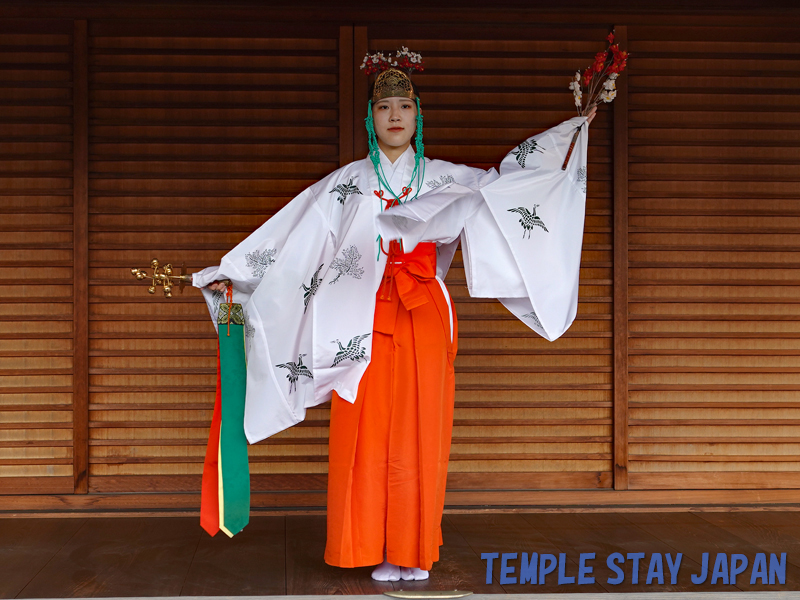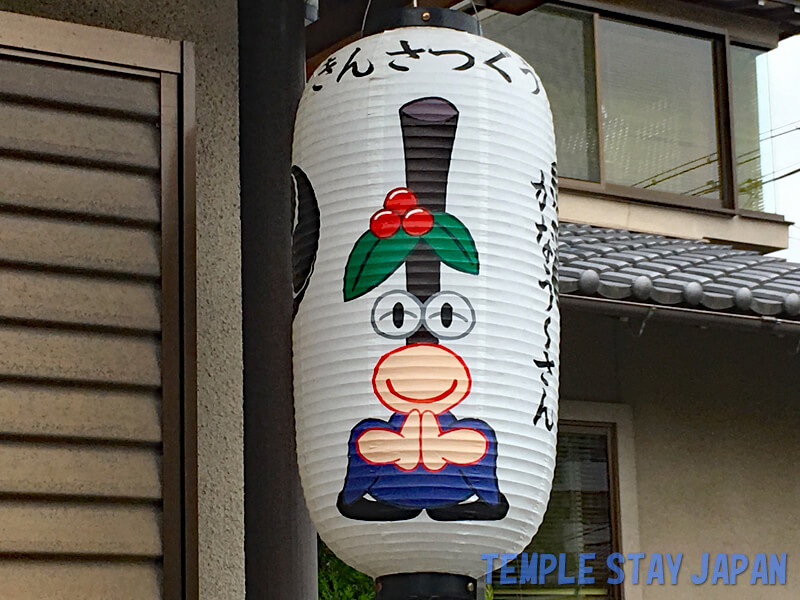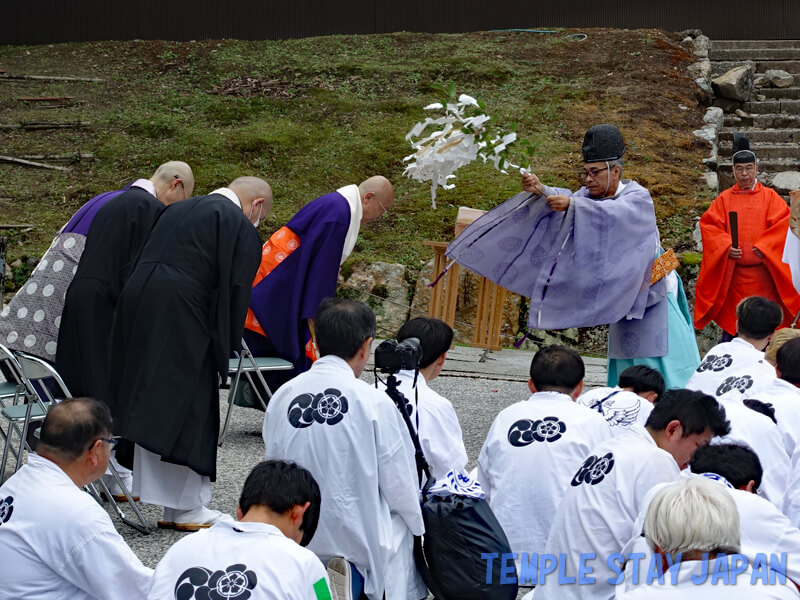spot– category –
-

Fujinomori-jinja shrine (Kyoto) Horse racing fans gather
Fujinomori-jinja Shrine was founded about 1,800 years ago. The ritual of running horses has been handed down since ancient times. As a horse shrine, it is visited by many people involved in horse racing, jockeys, and fans. There were a lot of things related to horses in the shrine grounds. -

Kitano-Tenmangu shrine (Kyoto) The head shrine of Tenmangu Shrines
Kitano-Tenmangu Shrine was founded in 947. The shrine enshrines Sugawara no Michizane, who is known for granting academic benefits. It is the head shrine of the approximately 12,000 Tenmangu shrines and Tenjin shrines throughout Japan. There is a festival on the 25th of every month. -

Shonenji temple (Kyoto) Temple saved by a cat
Shonenji Temple was founded in 1606. The story goes that when the temple fell into ruin, a cat kept by the head priest connected with the lord and helped the temple to be restored. The pine tree in the temple grounds is said to represent a lying down cat. There were signs and charms with illustrations of cats on them. -

Sokujoin temple (Kyoto) Amitabha from the Pure Land
It is said that Amitabha, along with twenty-five Bodhisattvas, comes from the Pure Land to welcome the deceased. Sokujoin Temple has preserved a group of Buddha statues that recreate this scene for nearly 1,000 years. -

Tofukuji temple (Kyoto) Three ancient wooden bridges
Tofukuji Temple is the head temple of the Tofukuji branch of the Rinzai sect of Buddhism and was founded in 1236. The Sanmon Gate is designated as a national treasure of Japan. Tofukuji Temple has three wooden bridges. During the autumn foliage season you can see some very beautiful scenery. -

Sanjusangendo temple (Kyoto) A Thousand Buddha Statues
The main hall of Sanjusangendo was built in 1164. It was later destroyed by fire, but was rebuilt in 1266 and remains as it is today. Inside the hall, there are 1,000 Thousand-Armed Kannon (Sahasrabhuja) statues lined up. The main hall and the group of Buddhist statues are all designated as national treasures. -

Higashi-Honganji temple (Kyoto) Huge wooden buildings
Higashi-Honganji is the head temple of the Jodo Shinshu Otani sect. It is located very close to Kyoto Station. There are many buildings designated as important cultural properties within the temple grounds. The Goeido (Main) Hall is one of the largest wooden buildings in the world. -

Jonangu shrine (Kyoto) Shrine Maiden Dance
Jonangu Shrine was built in 794 when the city of Kyoto was founded. Shrine maiden dances are performed regularly. I went there in March, and the shrine maidens were wearing plum blossoms in their crowns and dancing while holding branches. After the shrine maiden dance, worshippers were given amulets. -

Kinsatsugu shrine (Kyoto) Increased financial luck
It is one of the oldest shrines in Fushimi Ward, Kyoto City. The shrine's character, "Kanau-san," is the spirit of the Kurogane Mochi. This name means wishes come true. It has red berries on its head. The sacred tree, Kurogane Mochi (Kurogane holly), contains the word for rich in Japanese. -

Awata-Jinja shrine (Kyoto) Touken Ranbu shrine
This shrine was enshrined in 876. It is located at one of the seven entrances to Kyoto and is said to provide protection for those setting out on their journey. Kaji Shrine, located in the parking lot, is dedicated to a swordsmith. Fans of the popular game "Touken Ranbu" visit the shrine and leave votive wooden tablets.

